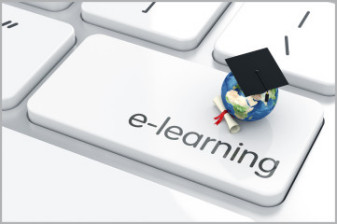You’re a Designer?
A lot of people ask me what instructional design is. They hear the “i” sound in the word instructional and then they hear word design and they automatically think interior design.
I wish I had those skills. Not professionally by any means – I would probably feel better about my housing design choices 🙂
Okay, so I’m an instructional designer. I design instruction. Methodologically, this means I have studied different ways to approach learners. How do I take the concept at hand and design a way for a learner to learn. I mean, truly learn. Memorizing and reciting is not learning. I’m talking about learning in a way of taking information and applying it to their everyday life. That’s always been the main goal.
How do we do this on a virtual platform? We’ve got videos, articles, discussion boards, interactive tools, and engaging projects. When our content is great, how do we separate ourselves from any other university? How about in general terms? How does any instructional designer separate themselves from another?
Creativity is a factor.
 I’m starting to believe that it is entirely beneficial having a background in knowing how to create aesthetically appealing modules that not only grabs the user’s attention but help them engage in the material. By using chunking and proper placement of information, learners will be able to retain more information for application later on.
I’m starting to believe that it is entirely beneficial having a background in knowing how to create aesthetically appealing modules that not only grabs the user’s attention but help them engage in the material. By using chunking and proper placement of information, learners will be able to retain more information for application later on.
Me, Creative? Nah…
Why did this suddenly come about? No one ever told me I was creative until this past year. Wanna know something terrible, though? It’s not that no one has ever told me I was creative- I just don’t believe I ever heard it. I know it had been said, but I never associated as being creative. Looking back at the history of what I’ve done with my free time – wow. Yes. I am very, very creative. I’ve been developing logos, avatars, websites, and HTML based blogs before Myspace was born. I’ve been shooting photos before Instagram was cool and repurposing furniture and inventing new ways to cook before Pinterest. And drawing. I learned I could draw three years ago. Why did it take me that long to understand that I have a wealth of talent?
It doesn’t matter now. Now, I must move forward.
Learning through Lynda
I know where I need to channel my free time. I am in the middle of Introduction to Graphic Design on Lynda.com with Justin Seeley. I am loving his movement through this course. It is friendly and so worth the time and energy to sit through and absorb all you can. I’m excited- as I listened to the first four chapters, I already knew a lot of basic graphic design techniques! So sad, though. I bought my graphic design tablet from Staples (as an aid for presenting…didn’t really think twice about the graphic design aspect) and it’s on back order for an infinity amount of time it seems 😦
And so…
Why have a graphic design background as an instructional designer? We all have to be multifaceted. As I hone in on my craft as an instructional designer, there is no reason that I can’t pick up a new trade here and there; especially one that is so beneficial to IDD. Why? Again, what’s going to set us all apart? Why does a student want to attend XYZ online university when they could attend ABC online university. Why use this training module for your new employees when that training module looks and feels so much better?
It’s the same content…which one will you choose?
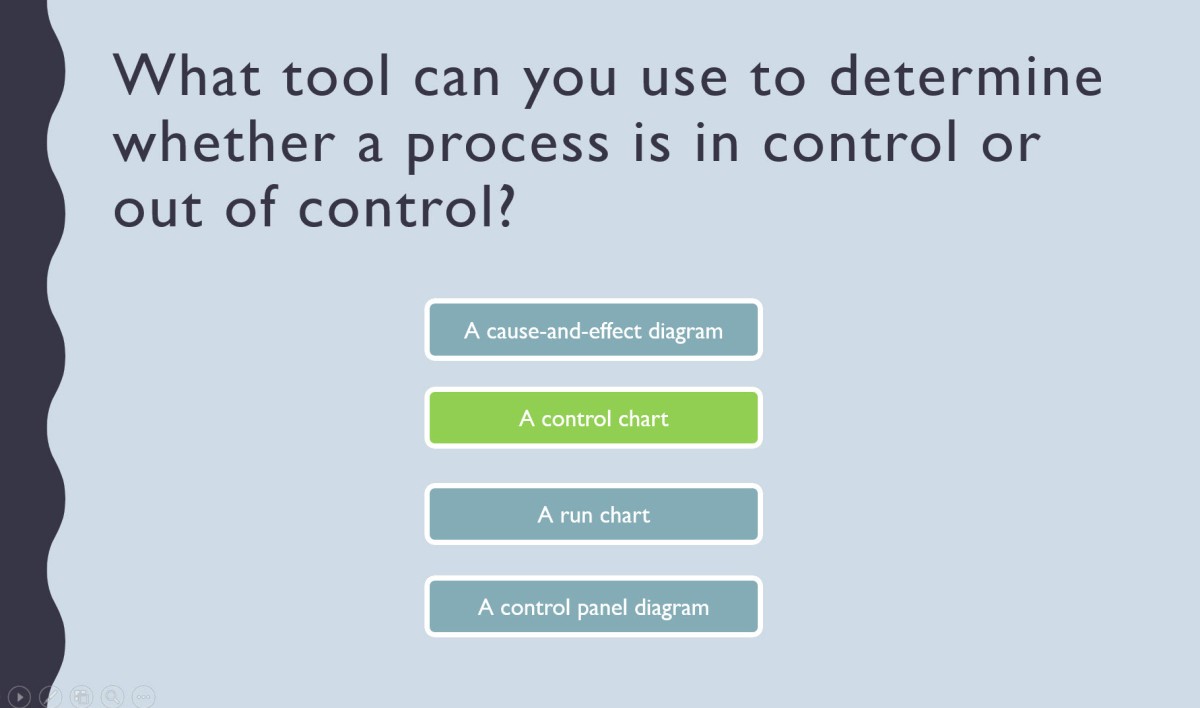



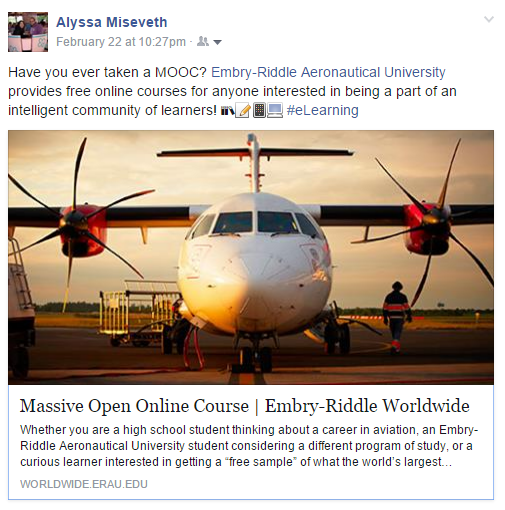


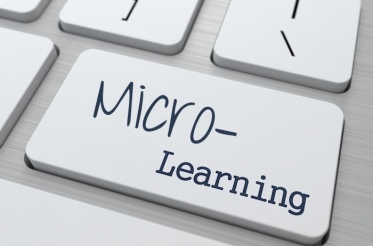 While reading
While reading 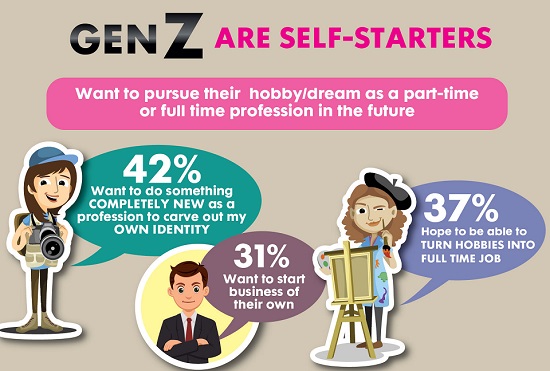

 How do you structure your day as an Instructional Designer? What are your organizational approaches to starting and ending the day? Do you get the most important emails answered or do you take on the smallest tasks first? Does every day look the same or are you constantly having to juggle different responsibilities as you move through your week?
How do you structure your day as an Instructional Designer? What are your organizational approaches to starting and ending the day? Do you get the most important emails answered or do you take on the smallest tasks first? Does every day look the same or are you constantly having to juggle different responsibilities as you move through your week?